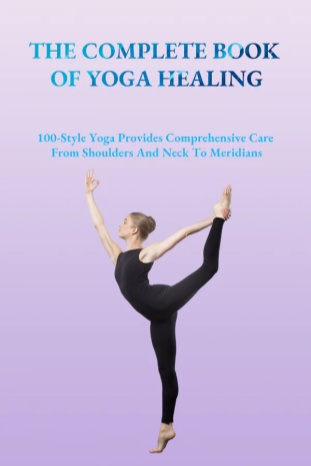Three Meditation Techniques for Better Sleep
If you struggle to fall asleep at night, you’re not alone. Around 35% to 50% of adults worldwide regularly experience insomnia symptoms. For many, difficulty sleeping is linked to stress, which can cause anxiety and tension, making it harder to fall asleep. In some cases, stress can worsen existing sleep problems.
Meditation can help you sleep better. As a relaxation technique, it helps calm both the mind and body while promoting inner peace. Meditating before bed can help reduce insomnia and sleep disturbances by promoting overall relaxation.
Meditation may also:
- Increase melatonin (the sleep hormone)
- Increase serotonin (a precursor to melatonin)
- Lower heart rate
- Lower blood pressure
- Activate parts of the brain that control sleep
These changes are similar to what your body experiences in the early stages of sleep. As a result, meditation can promote sleep by triggering these changes.

How to Meditate
Meditation is a simple practice that can be done anywhere at any time. You don’t need any special tools or equipment. In fact, all you need is a few minutes. However, developing a meditation routine takes practice. By dedicating time to meditation, you’re more likely to reap its benefits.
Here are the basic steps for meditation:
- Find a quiet space.
- Sit or lie down, whichever is more comfortable (lying down is best before sleep).
- Close your eyes and breathe slowly and deeply.
- Focus on your breathing. If your mind starts to wander, gently bring your focus back to your breath.
Be patient when trying meditation for sleep. It’s called a practice for a reason. Start with 3 to 5 minutes of meditation before bed and gradually increase it to 15 to 20 minutes over time. Learning how to calm yourself takes time.
Now, let’s explore some specific meditation techniques that are often effective for sleep and how to practice each one.

1. Mindfulness Meditation
Mindfulness meditation involves focusing on the present moment. This is done by increasing awareness of your breath and body. If a thought or emotion arises, simply observe it and let it pass without judgment.
How to Practice Mindfulness Meditation:
- Remove all distractions from your room, including your phone.
- Lie down in a comfortable position.
- Focus on your breath. Inhale for a count of 10, hold for 10, and exhale for 10. Repeat this five times.
- Inhale and tense your body, then pause, relax, and exhale. Repeat this five times.
- Pay attention to your breath and body. If you feel tension in any part of your body, consciously relax it.
- When a thought comes up, gently bring your focus back to your breath.
2. Guided Meditation
In guided meditation, someone leads you through each step of the meditation. They might guide you to breathe in a certain way or relax your body. Alternatively, they might help you visualize images or sounds. This technique is also known as guided imagery.
How to Practice Guided Meditation:
- Choose an audio recording for guided meditation.
- Dim the light on your phone or device before listening.
- Play the recording while lying in bed, and breathe slowly and deeply.
- Focus on the voice guiding you. If your mind starts to wander, gently bring your focus back to the recording.
3. Body Scan Meditation
In body scan meditation, you focus on each part of your body individually. The goal is to become more aware of bodily sensations, including tension or discomfort. This concentration helps promote relaxation and can aid in falling asleep.
How to Practice Body Scan Meditation:
- Remove all distractions from your room, including your phone.
- Lie down in a comfortable position.
- Close your eyes and breathe slowly.
- Pay attention to the weight of your body on the bed.
- Focus on your face, softening your jaw, eyes, and facial muscles.
- Move down to your neck and shoulders, then relax them.
- Continue scanning down your body, focusing on your arms, fingers, stomach, back, hips, legs, and feet.
- If your mind starts to wander, gently bring your focus back to your body.
- If you like, you can reverse the process and scan from your feet back up to your head.
These meditation techniques are simple but can greatly improve your ability to fall asleep and enjoy deeper rest.








